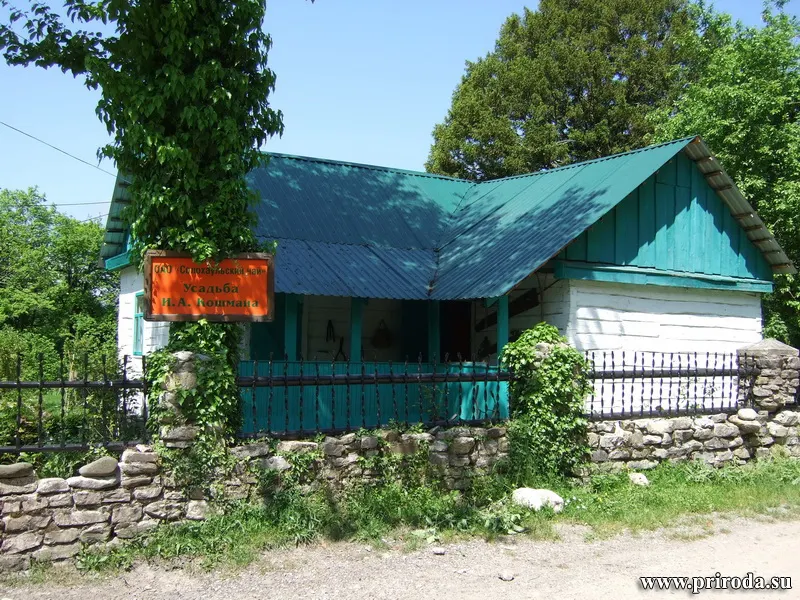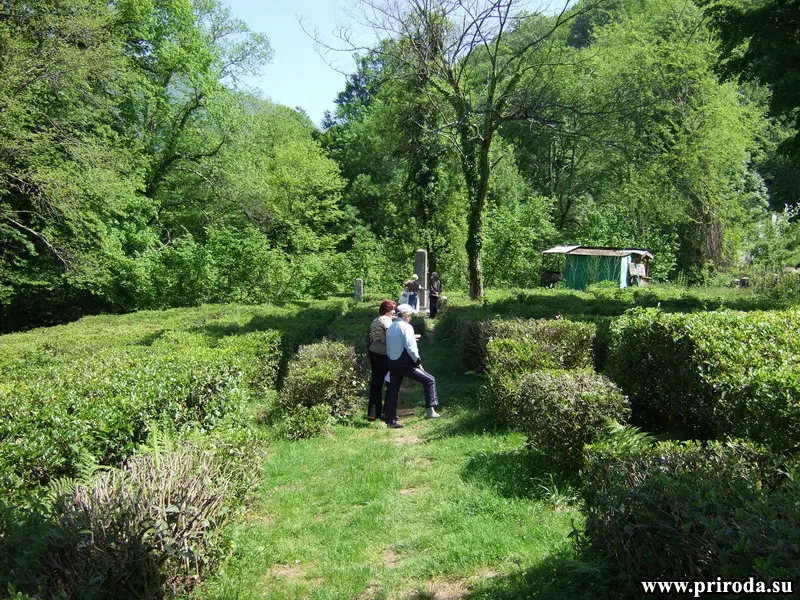Tea, or Camellia sinensis L., is a unique plant that has become part of our lives. With the refreshing drink made from the leaves of this plant, our day begins and ends. Now it's hard even to imagine human life without tea. Tea is the most "popular" drink of humanity.
The homeland of the tea plant is Southeast Asia (it is there that we find "feral" tea plants as trees up to 20 meters high, which have been used for thousands of years by humans).
The world learned what a tea drink is thanks to China. According to a legend, in 1737 BC, a servant girl of the Chinese emperor Shen-Nang was preparing a drink for her emperor and accidentally dropped a leaf of a plant, which grew near the palace, into the boiling water. The water turned a rich brown color; the emperor became interested in the new "brew," tried it, and liked it. This is how humanity's most beloved drink, tea, appeared.
Until the 19th century, China jealously guarded the secret of tea growing and production and made big money on super-profits, but the first breath of globalization has done its work. Tea ended up in Japan and then in India. India subsequently became the world's leading tea producer.
But most interestingly, at the end of the 20th century, the fourth largest tea producer in the world was the Soviet Union. Only China, India, and Ceylon were ahead of this cold country in terms of production volumes.
Tea first came to the Russian Empire back in the 19th century. Its first plantations were established in Western Georgia, mainly in Adjara. Then tea plantations were planted in Abkhazia (around Sukhum). At first, commercial tea cultivation in the Sukhum area seemed doubtful, but thanks to science, the tea plant was acclimatized in Abkhazia. Then it became profitable for commercial tea to grow in other regions of the country with harsher climatic conditions. So tea appeared in Azerbaijan (Lenkoran) and then in the Krasnodar region (the city of Sochi).
Nowadays, Krasnodar tea is the most northern tea in the world. The great merit in spreading tea in the harsh conditions for the tea plant in the Krasnodar region belongs to the peasant Judah Koshman. In 1901, he planted 800 tea bushes brought from Georgia to the vicinity of the city of Sochi (Solokh-Aul settlement). The locals regarded Judah Koshman as an oddball, so initially, his attempt to grow tea made everyone smile (in those days, it was believed that it was not profitable to grow tea for commercial, even in Georgian Abkhazia). The attitude of residents to Judah Koshman changed when he started selling tea at the market for 1 ruble per pound. Tea became very popular in Russia.
It should be noted that before the collapse of the Russian Empire and the emergence of the Soviet Union., the leading supplier of tea to Russia was China. In those days, tea was costly and unaffordable for ordinary people. In those days, peasants in Russia used an infusion of linden blossom, strawberries, and herbs instead of tea. Juda Koshman made tea available to most Russians.
In the south of Russia, in the Krasnodar region, you can see the house museum of Juda Koshman, which is very popular with tourists.
Near the house grow tea plant bushes, planted by the hand of Judah Koshman himself. The trunks and branches of these age-old tea trees are covered with moss and lichen.
In the middle of the very first tea plantation in Russia is the grave of Judah Koshman and his wife.
Below are pictures of various tea plantations in southern Russia.












I think it is quite interesting that tea can grow at such a latitude. I see this from a geographic view. Sochi and Dagomys are located around the Black Sea coast, and the Caucasus Mountains to the east keep most of the cold winds from hitting this area. For this reason, even though it is located around 43 degrees North latitude.
ReplyDeleteI have written a blog entry about Dagomys as well. Feel free to check out the rest of my blog
http://pangeographic.blogspot.com/2013/07/northernmost-tea-plantation-in-world.html